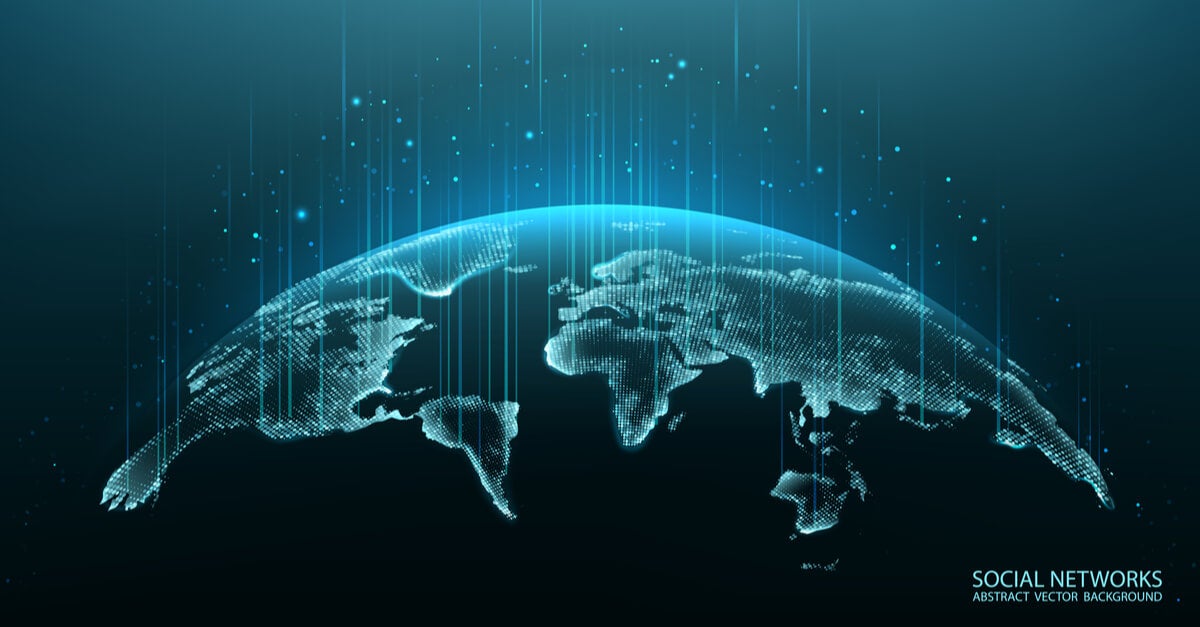From the end of the 20th century to the beginning of the 21st century, we witnessed an unprecedented technological advance, but have we all made it?In answering this question, we came up with the concept of “digital exclusion” created in the mid-1990s. Its main stations were former US President Bill Clinton and then Vice President Al Gore.
Kofi Annan, a former UN secretary-general, said: “Information and communication technologies are not a magic formula, but they can improve the lives of everyone on the planet. “
- This exclusion refers to the separation between people who use information and communication technologies (ICTs) and those who do not.
- Perhaps because they cannot or do not know how.
In the next article we will discuss in depth this concept, as well as the problems that it entails and the possible ways to solve it.
Technological innovations are not regularly disseminated by the system, i. e. not all companies or individuals become users, let alone advanced users.
Thus, cultural and economic differences in underdeveloped countries mean that only 10% of the population has access to the Internet, while in industrialized countries this figure is 58%.
Thus, we realize that the majority of the population has a desert of knowledge in this process that opens the door to greater development and comfort in all our aspects of daily life.
Today, technology can be seen as an essential tool for the development and advancement of our lives.
Inequality occurs particularly in the following respects
The key is to understand that the most difficult obstacle is not access, but use. Technological innovations depend on how they are used and how they affect people’s lives.
It is therefore essential that each individual can use innovations according to their needs and interests.
Internet access is not enough. The problem is the exclusion of knowledge from “digital skills”. necessary to live and work, especially in societies characterized by the growing importance of information.
Here, one point we need to highlight is gender differences in digital competencies: while the first digital divide has a clear generational and educational component, the second digital divide affects women more than men.
As a result, concerns about gender differences in computer and Internet use are increasing and are a difficult problem to address.
Socially, if a significant part of the population does not have access to parts of technology that are considered crucial, economic and social inequalities can occur and strengthen existing ones.
On the other hand, we see that new technologies have created two poles with a clear impact on the labour market: people with easy access to technology and people with difficult, expensive or impossible access, this division can occur between countries, but also between people. of the same country or city.
In this way, countries that cannot profit from the sale of ICTs also lose competitiveness, in addition, within each country, the difference between those that have and those that do not generate a new segmentation of the labour market in which the former have the privilege of entering and choosing the workplace.
Increasing technological advances have brought many benefits. These include:
Therefore, the State must work through public policies to eliminate this digital divide and democratize access to and use of ICTs.
Reducing the digital divide means reducing inequalities in general, allowing more people the opportunity to learn and find better jobs.

